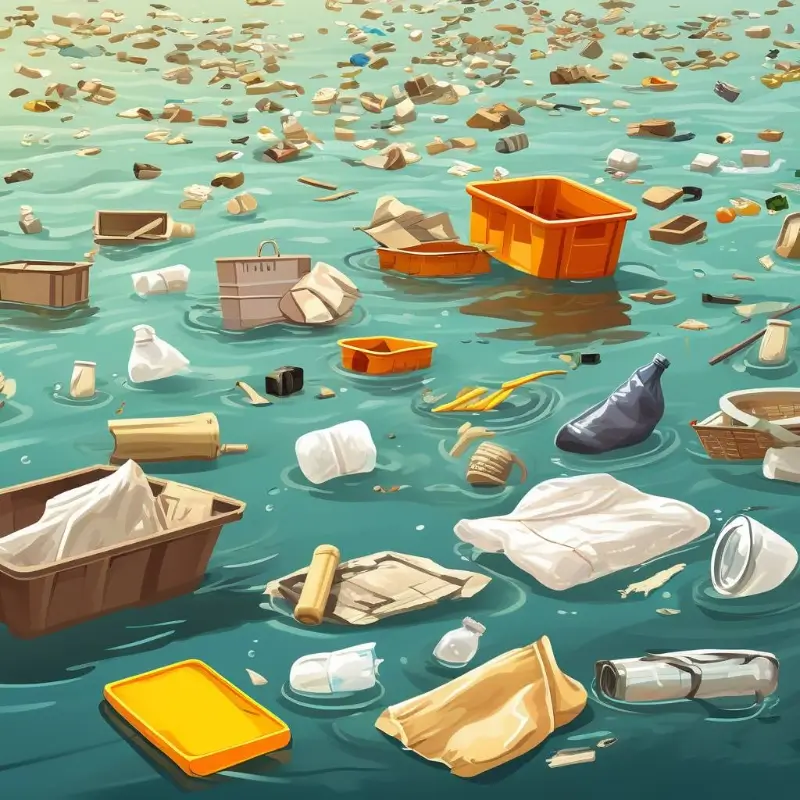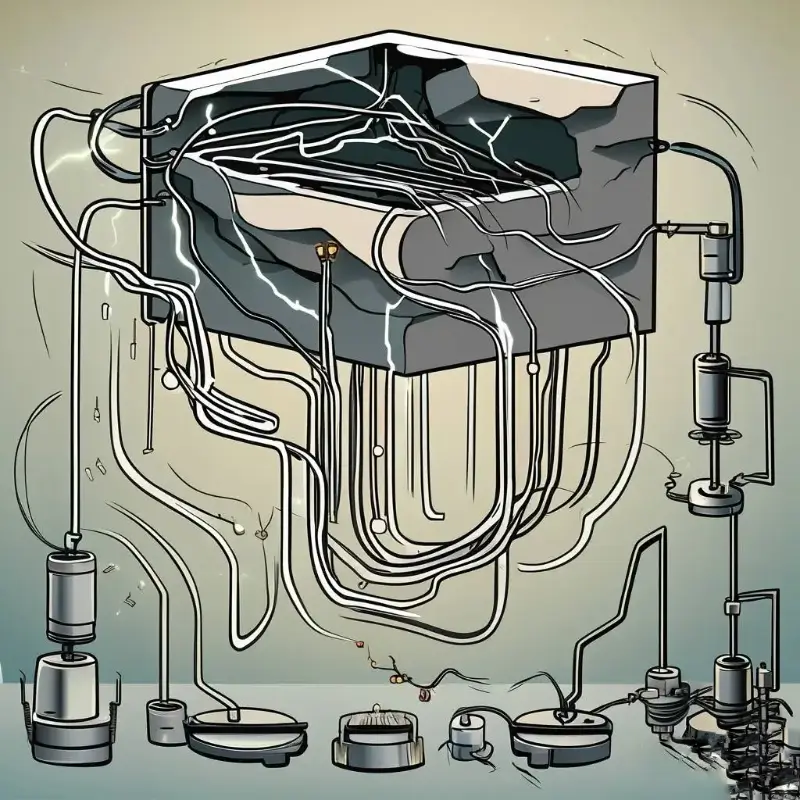why is the Pacific Ocean the largest landfill in the world?
The Pacific Ocean is often described as the largest landfill in the world due to the accumulation of plastic waste and other debris in several concentrated areas, most notably the Great Pacific Garbage Patch. This does not mean that the entire Pacific Ocean is a dumping ground for waste, but rather that there are regions within it where pollution has accumulated to such an extent that it has drawn comparisons to a landfill due to the volume and concentration of human-generated waste.
Several factors contribute to the accumulation of waste in the Pacific Ocean:
- Currents and Concentration: The Pacific Ocean’s currents, including the North Pacific Gyre, are responsible for the convergence of floating plastic and other debris in certain areas. These currents spin waste into a relatively small area, creating a visible and concentrated pollution problem.
- Human Activity: The Pacific Rim is home to some of the world’s most populous countries, including China, Indonesia, and the Philippines. These regions generate significant amounts of plastic waste, which can find its way into the ocean through rivers, coastal dumping, and runoff from land.
- Plastic’s Indefinite Lifespan: Unlike biodegradable materials, plastic does not break down easily in the ocean. It can persist for centuries, fragmenting into smaller pieces over time but remaining chemically intact. This means that once plastic enters the ocean, it can stay there for a very long time, contributing to the buildup of waste.
- Lack of Regulation: Historically, there has been a lack of international regulations governing ocean waste, allowing for increased pollution and dumping. While some measures are being taken to address this issue, the legacy of unregulated waste disposal has had long-lasting effects.
- Marine Pollution: In addition to plastic, other types of waste, including non-plastic garbage, chemicals, and industrial waste, also find their way into the ocean, further contributing to its pollution problem.
It’s important to note that the description of the Pacific Ocean as the “largest landfill” is a simplification that refers to specific, highly polluted areas rather than the ocean as a whole. The ocean is a complex ecosystem, and while some areas are more polluted than others, the ocean as a whole is not a landfill. Efforts to clean up these concentrated pollution zones and to reduce future waste entering the ocean are essential for the health of marine life and the broader ecosystem.



